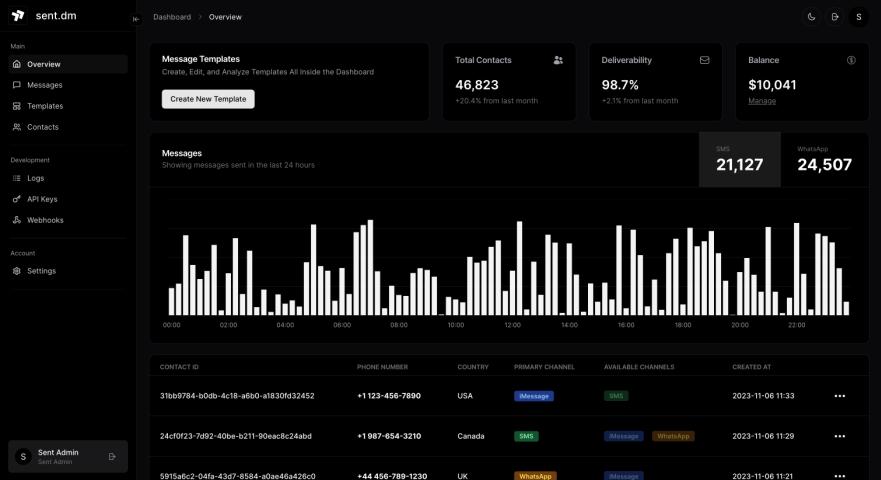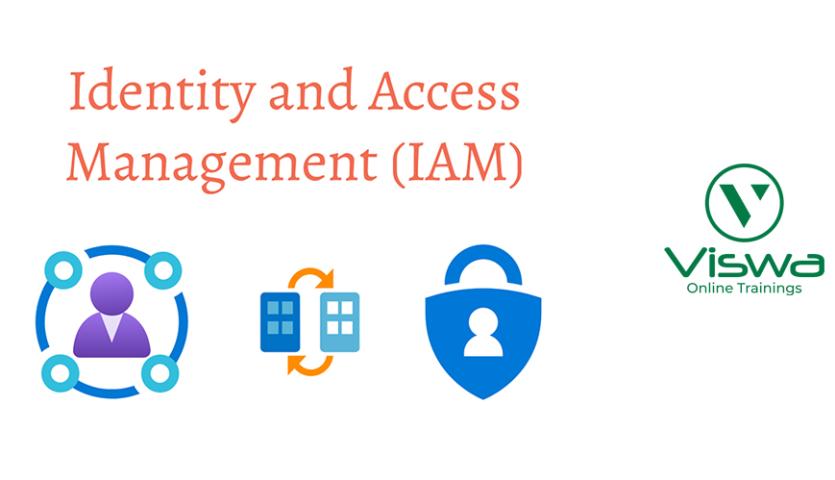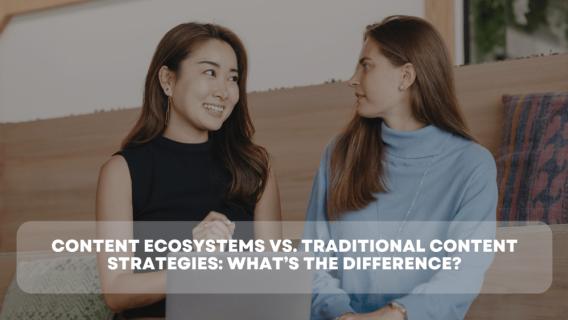In today’s digital age, where every brand strives to carve out a distinct identity, a unified content strategy plays a pivotal role in shaping and reinforcing brand identity. By integrating various elements of content creation, distribution, and management under one cohesive framework, businesses can effectively communicate their core values, engage their audience, and establish a consistent brand presence across channels.
Why Unified Content Strategy Matters
A unified content strategy aligns all facets of content marketing towards a common goal: enhancing brand identity. It ensures that every piece of content—whether it’s a blog post, social media update, or video—reflects the brand’s voice, values, and vision. This consistency not only builds trust among consumers but also reinforces brand recall and loyalty over time.
Key Elements of a Unified Content Strategy
1. Clear Brand Messaging: Central to a unified content strategy is clarity in brand messaging. Every piece of content should convey a cohesive narrative that resonates with the target audience. This messaging should encompass not only what the brand offers but also its unique selling propositions and the values it stands for.
2. Integration Across Channels: A successful content strategy integrates seamlessly across various marketing channels. From social media platforms to email newsletters and beyond, each channel should reinforce the brand’s message while adapting to the specific nuances of the platform and audience preferences.
3. Data-Driven Insights: Technology plays a crucial role in modern content strategies. Utilizing analytics tools provides valuable insights into audience behavior, content performance, and trends. By leveraging these insights, brands can refine their strategies continuously, ensuring relevance and engagement in an ever-evolving digital landscape.
Implementing a Unified Content Strategy
To effectively implement a unified content strategy, businesses should follow a structured approach:
1. Define Objectives and Audience: Begin by defining clear objectives for your content strategy. Whether it’s increasing brand awareness, driving traffic, or nurturing leads, align these goals with the interests and needs of your target audience.
2. Content Planning and Creation: Plan content calendars that outline themes, topics, and publication schedules aligned with your brand’s messaging and SEO goals. Ensure diversity in content formats—from articles and videos to infographics and podcasts—to cater to varied audience preferences.
3. Optimization and Distribution: Optimize content for search engines by incorporating relevant keywords like "unified content strategy" and "marketing." This not only improves visibility but also attracts organic traffic interested in your offerings. Distribute content strategically across channels, leveraging each platform’s strengths to maximize reach and engagement.
4. Monitor, Analyze, and Adapt: Regularly monitor the performance of your content using analytics tools. Analyze key metrics such as traffic sources, engagement rates, and conversion rates to gauge effectiveness. Use these insights to refine your strategy, experiment with new approaches, and stay ahead of industry trends, including "technology news."
Conclusion
In conclusion, a unified content strategy isn’t just about creating content—it’s about creating a lasting impression that resonates with your audience and reinforces your brand’s identity. By aligning your messaging, leveraging technology, and staying abreast of industry developments, you can build a robust content ecosystem that drives meaningful connections and fosters brand loyalty in the digital age.
By prioritizing a unified content strategy that integrates "marketing" principles with the latest "technology news," brands can navigate the complexities of the digital landscape with confidence, ensuring relevance, engagement, and sustained growth.















